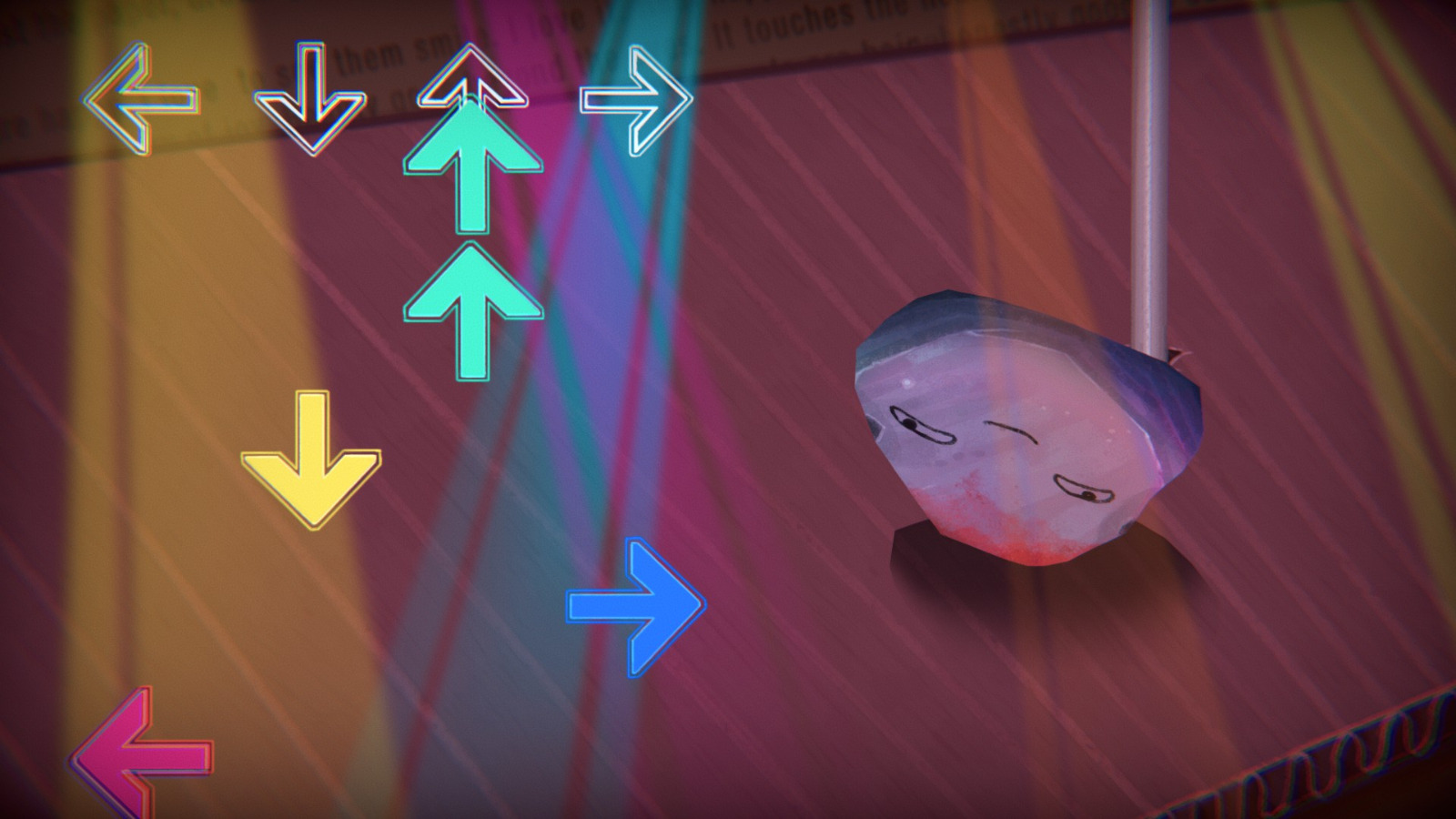

Rather than pay the tax on tea, he switched to coffee,” as his rebellious spirit stirred. On Washington’s stance on the Stamp Act, a tax Britain imposed on the colonists to pay expenses related to the French and Indian War, Edwards writes: “He thought it was wrong, but he didn’t join in the protests.”Īs for the tax on tea, Edwards says, “ made everyone mad… including George Washington. But, to its credit, it presents the man who would become our first President as a complicated human being, a wealthy slave-owner who was initially reserved in his protest of British policies in the late colonial era. Unsurprisingly, the book my daughter picked out, Who Was George Washington?, does not criticize our “founding fathers” the way Zinn does. Plus, pirates and patriots were rule-breakers who challenged the establishment, some to a greater extent than others.Īs historian Howard Zinn argued in A People’s History of the United States, George Washington was part of an elite group of colonists who wanted to defeat Britain “without disturbing too much the relations of wealth and power that had developed over 150 years of colonial history.” The economic conditions that fostered piracy also contributed, at least in part, to the revolutionary spirit in the colonies, suggesting that George Washington may have had more in common with pirates than his “cocked hat.” “Most scholars agree that mercantilism was one of the major conditions that helped create piracy by dislocating maritime workers from their familiar ports, keeping smaller traders out of the shipping business, and making economic survival in the colonies even more difficult when the import of foodstuffs or other deemed necessities were strictly controlled.” “In addition to the usual hunt for booty, pirates often took captives and sold them into slavery (if infidels) or held them for ransom.” “The pirates of the Caribbean explicitly opposed the often violent control of labor and goods by nationalist mercantile companies and what they viewed as ‘tyrannical’ inequalities.” Were they ruthless criminals or morally justified anti-establishment protesters? Or something in-between?Īccording to Anthropologists Shannon Lee Dawdy and Joe Bonni in Towards a General Theory of Piracy ,** which discusses the Golden Age of Piracy (1650-1730) : No, I guess not, depending on how you look at them. But she doesn’t seem to respect those seafaring bandits the way she did in the past. It wasn’t long ago that she, her twin sister, and their friends imagined they were pirates, invariably portrayed as swashbuckling men who hang out on ships and hide treasure on remote island beaches. Whatever real-life pirates of the Atlantic actually wore, it’s interesting that my daughter thinks our esteemed first President should’ve dressed differently. The “American Gentleman’s Outfit” is missing an eyepatch and a saber–two items commonly associated with pirates– but I see what she means.


“Yeah,” I reply, not that I know the ins and outs of 18th Century colonial male fashion.

“Did George Washington really wear stuff like this?” My seven-year-old daughter points to an illustration in Roberta Edwards’ Who Was George Washington?*


 0 kommentar(er)
0 kommentar(er)
